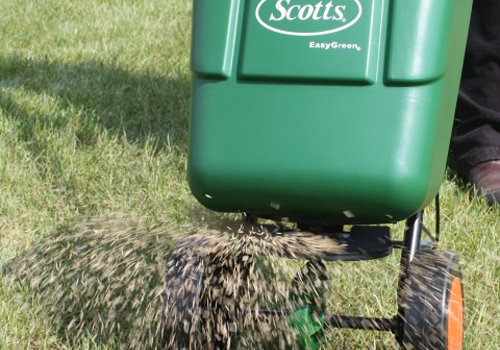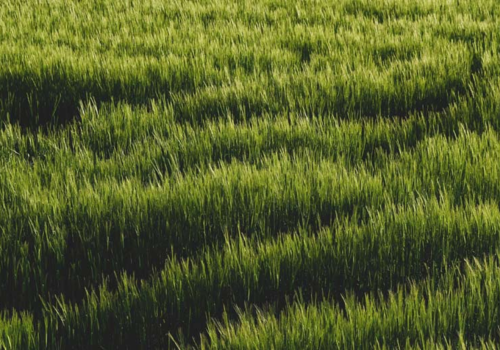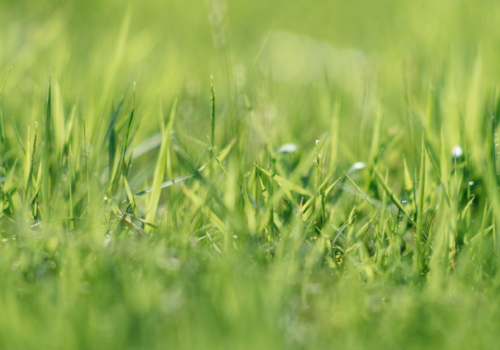You can generally sow lawn seed and grass seed mixtures between March and October, ideally in autumn or spring, as long as the seedbed is kept moist during dry spells, but this season is extended when weather conditions are favourable. It is best to choose a time of the year that matches the ideal conditions as closely as possible rather than create extra work for yourself when watering the new lawn. The most important environmental condition, other than moisture, is a constant soil temperature of more than 8°C or the grass seeds will not germinate. As a guide, for the soil to be at 8°C, the air temperature will have to average over 10°C, in a 24 hour period. Outside of these ideal conditions, our Winter Green Grass Seed can germinate down to temperatures as low as just 5 degrees using the latest, cutting-edge grass seed varieties, allowing for out of season sowing.
When you should sow grass seed
A new lawn needs five factors for it to grow properly:
- Warmth
- An even distribution of seeds
- Good contact between seeds and soil
- Constant moisture
- Light
Depending on the climate in your part of the country, these conditions are likely to fall at slightly different times, but broadly speaking, the spring and autumn offer the best combination of warmth and moisture.
When is the best time of year to sow grass seed?
Although you can sow grass seeds at any time of the year, it is best to sow in spring or autumn where possible. In the autumn you can expect fewer problems with weeds and the rain will make it easier to keep the seedbed moist and the soil temperature will still be high. If you sow in the autumn, growth will focus on the root system rather than leaf growth and your lawn will be ready for the following summer.
If you live in an area where there are frequent hosepipe bans in the summer, or if the UK is enjoying a particularly dry summer, then avoid sowing a new lawn until later in the year. Even if you sow the lawn early and it is established by the summer months, it will be starved of water in those crucial first few months if there is a drought. It is better to wait until autumn when natural rainfall will help to reduce the amount of watering you need to do.
Another reason for sowing later in the year is to reduce the number of birds that will see your newly planted lawn as an opportunity to feed themselves and their young. Once the population has stabilised and some species have started migrating, you will find it easier to keep your seeds from becoming a feast for the local wildlife!


